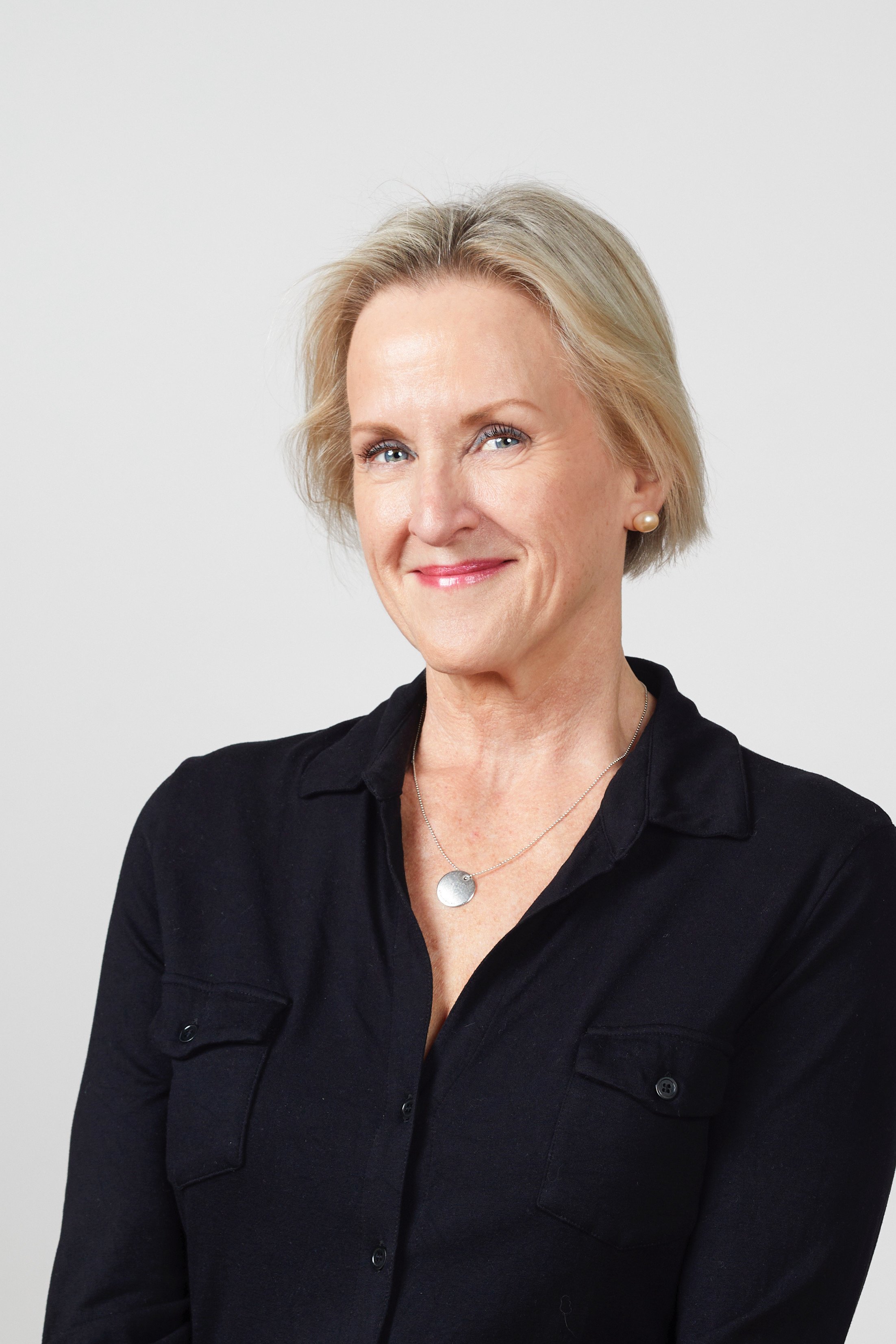When attendees were asked if they have included items on their hazardous drug list that are beyond the scope of NIOSH, 60% answered yes they have added drugs to their hazardous drugs list beyond NIOSH 2016 or NIOSH 2020 and 40% said no they haven’t.
When we're thinking about creating hazardous drug lists the first question we ask ourselves is” “what should be on the list?” The answer to that question is: Any drugs that are on the NIOSH list that may come into your organization's facilities or clinics need to be on your hazardous drugs list. This includes a patient’s own meds which nurses must know how to safely handle.
Also, any drugs on the market that meet any of the six characteristics of a hazardous drug, which we discussed in last week’s webinar. You can access the recording of last week’s USP <800> Preparedness Lunch + Learn webinar here.
What’s NOT on the NIOSH List? Sometimes it's just about safety, and it may not be in black and white.
What do we do about the drugs we think are hazardous but yet they're not on NIOSH?
- New drugs
Of course, we can always expect a delay between newly FDA-approved drugs and the assessment by NIOSH. Also, there are some drugs that are on the EPA list but not on the NIOSH list.
TIP: An organization's waist hauler is a useful source of guidance about what is considered hazardous for disposal in your different jurisdictions.
Bottom line: You should be evaluating the hazardous characteristics of the drugs that you are dispensing.
- It takes a village
A group of people should be evaluating hazardous drugs - from the pharmaceutical buyer to the Designated Person or someone on the Hazardous Drug Oversight Committee. These people should be alerted that there has been a request to purchase a new drug. Also, a staff pharmacist may alert those responsible for reviewing drugs that a patient has been admitted on a drug therapy that may be hazardous.
TIP: If you are your organization’s Designated Person, make sure your staff is aware that you need to be alerted when a new potentially hazardous drug is being used within your facility.
- Biologics that are not on the NIOSH list
As you may be aware, BCG is going to be removed from the NIOSH list according to the 2020 NIOSH list. NIOSH has removed drugs approved by the Center for Biologics Evaluation and Research (CBER), which includes things like BCG and botulinum toxins because NIOSH doesn’t consider them drugs. However, these drugs still pose a risk, and you might want to consider keeping them on your HD list. You may even want to add an additional group for these or drugs like these.
Of Note: We’re seeing most clients who utilize BCG in their facilities keep it on their hazardous drugs list because it still poses a risk to healthcare workers. In fact, in the poll conducted during the live webinar, 100% of respondents said BCG will remain on their hazardous drug list even after NIOSH 2020 takes effect.
NIOSH 2020
Even though the 2016 list is somewhat outdated, NIOSH has continued to add or remove items from that list as recently as March of 2022. For three years, we've been hanging on the edge of our seats waiting for NIOSH 2020 to become official, and as of yet it still does not have a release date. We wonder if NIOSH will just scratch it and move forward with a 2023 or 2024 list.
Although the NIOSH 2016 list is based on three groups - anti-neoplastic non-antineoplastic and non-antineoplastics that pose reproductive risk - the 2020 list is only two groups or tables as that they are now referred to.
Table One:
These drugs must meet the following classification criteria: Drugs which contain manufacturers’ special handling information; and/or Drugs which meet the NIOSH definition of a hazardous drug and are classified by the NTP as “known to be a human carcinogen,” and/or classified by the IARC as “carcinogenic” or “probably carcinogenic” Many of these drugs are cytotoxic and the majority are hazardous to males or females who are actively trying to conceive, women who are pregnant or may become pregnant, and women who are breastfeeding, because the drugs may be excreted in breast milk. Not all drugs in Table 1 are antineoplastic drugs.
Table Two:
These drugs must meet the NIOSH definition of a hazardous drug but are not drugs which have MSHI and are not classified by the NTP as “known to be a human carcinogen,” and/or classified by the IARC as “carcinogenic” or “probably carcinogenic.” These drugs exhibit one or more of the types of toxicity described in the NIOSH definition of hazardous drug. Some of these drugs may present an occupational hazard to males or females who are actively trying to conceive, women who are pregnant or may become pregnant, and women who are breastfeeding, because they may be present in breast milk.
Be sure to check out the Rpahrmy Resource Page with quick links to NIOSH 2016, NIOSH 2020, DrugBank, DailyMed and much more.
Also, register today for the next USP <800> Preparedness Lunch + Learn where we’ll spend about 30 minutes sharing images of how our client base has integrated this hazardous drug safety information into their EHR, whether it's Meditech Cerner or Epic.


